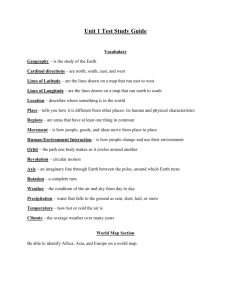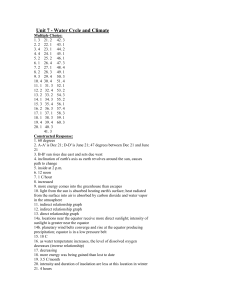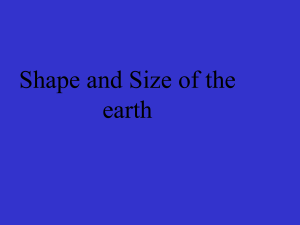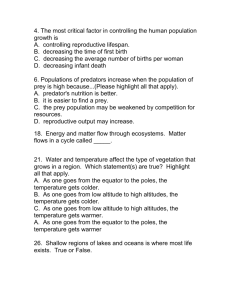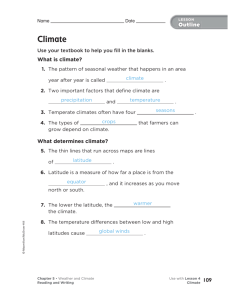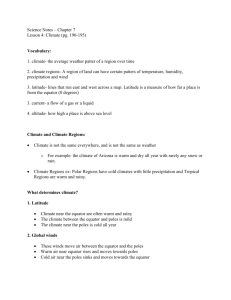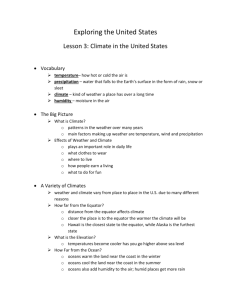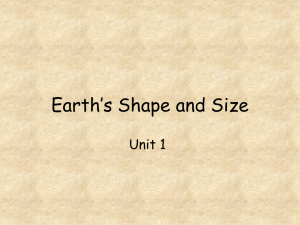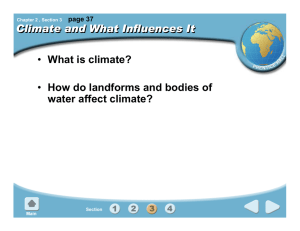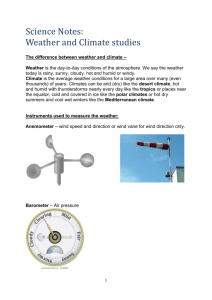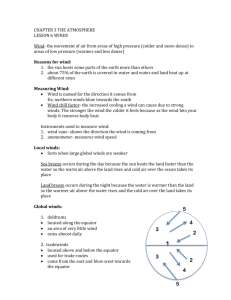Physical Geography of Earth
advertisement
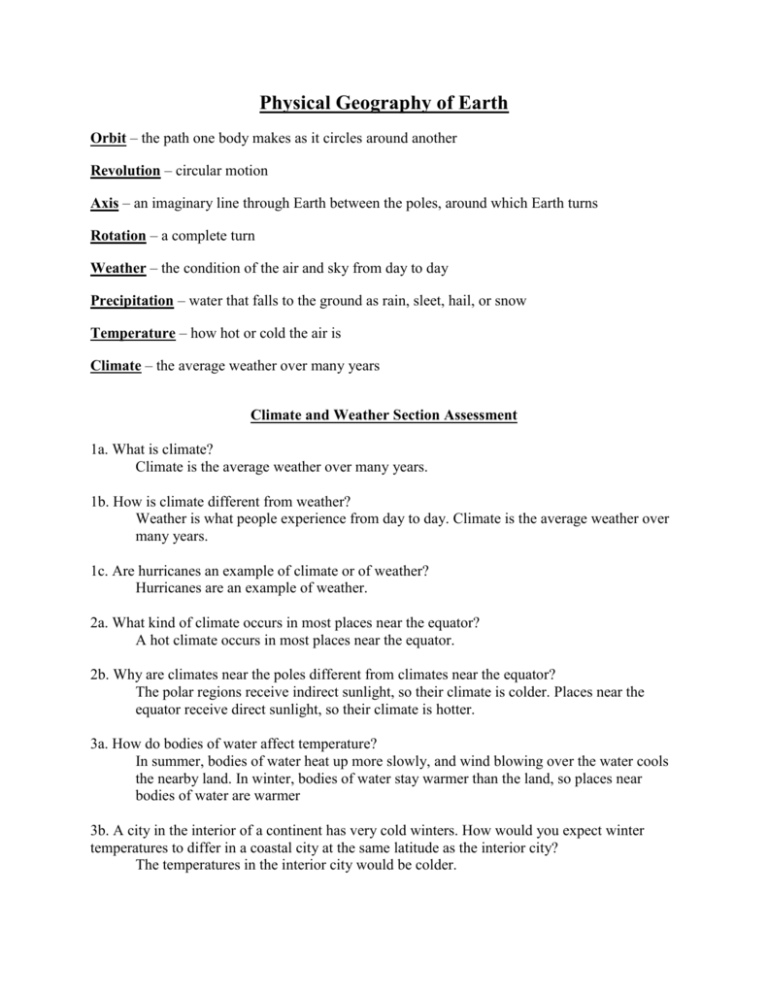
Physical Geography of Earth Orbit – the path one body makes as it circles around another Revolution – circular motion Axis – an imaginary line through Earth between the poles, around which Earth turns Rotation – a complete turn Weather – the condition of the air and sky from day to day Precipitation – water that falls to the ground as rain, sleet, hail, or snow Temperature – how hot or cold the air is Climate – the average weather over many years Climate and Weather Section Assessment 1a. What is climate? Climate is the average weather over many years. 1b. How is climate different from weather? Weather is what people experience from day to day. Climate is the average weather over many years. 1c. Are hurricanes an example of climate or of weather? Hurricanes are an example of weather. 2a. What kind of climate occurs in most places near the equator? A hot climate occurs in most places near the equator. 2b. Why are climates near the poles different from climates near the equator? The polar regions receive indirect sunlight, so their climate is colder. Places near the equator receive direct sunlight, so their climate is hotter. 3a. How do bodies of water affect temperature? In summer, bodies of water heat up more slowly, and wind blowing over the water cools the nearby land. In winter, bodies of water stay warmer than the land, so places near bodies of water are warmer 3b. A city in the interior of a continent has very cold winters. How would you expect winter temperatures to differ in a coastal city at the same latitude as the interior city? The temperatures in the interior city would be colder.
